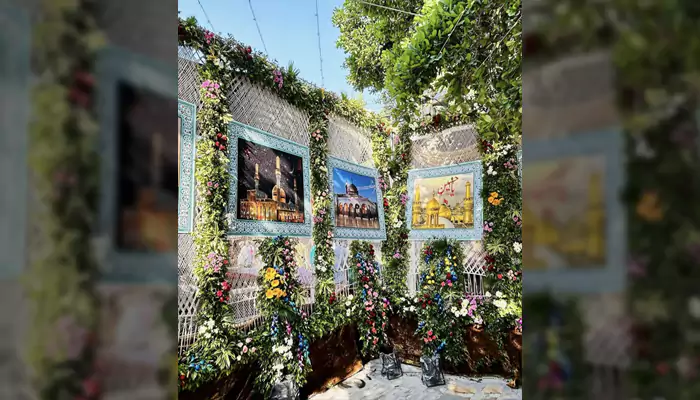Playtime with a purpose: Discover the tradition behind India's favorite toys!
- Jayati
- 1 year ago
- 3 minutes read

India’s toy tradition is like a living storybook, celebrating our diverse culture. Our ancestors made toys that capture different slices of life, keeping their stories and traditions alive for us to cherish today!
Toys are more than just playthings; they help children grow, ignite creativity, and stay connected to culture. Traditional toys carry stories, preserve history, and support the artisans who craft them. India’s toy-making history stretches back over 5,000 years. In the ruins of Harappa and Mohenjo-Daro, archaeologists have found toys like miniature carts and dancing figures, giving us a glimpse into how people crafted in ancient times. While modern trends might be pushing them aside, there are many efforts to keep these treasures alive. Today, let’s take a look into some traditional toys that stand out with their unique cultural charm.
Asharikandi Terracotta Toys
In the village of Asharikandi in Assam’s Dhubri district, artisans use traditional tools like Kodal, Pitna, and Kathi to make amazing figurines out of clay. They create everything from deities to animals and everyday items, all inspired by local traditions and customs. Using materials like clay, sand, straw, and a special mix called 'kabish', they craft these unique toys. One notable example is the 'Hatima putul', a figure of a mother with elephant-like ears holding a child. This style also serves as a base for various other terracotta dolls.
Kondapalli Toy
In Kondapalli village, Andhra Pradesh, artisans have been crafting wooden toys for over 400 years. These toys are made from a soft wood called Tella Poniki. The artisans, who work in the ‘Bommala Colony,’ carve each piece separately and assemble them using a paste called ‘makku’. They finish by painting the toys in vibrant colours with natural dyes. The collection includes charming sets like the Ambari elephants and the Dasavatharam.
Thanjavur Dolls
Thanjavur dolls, or "Thalayatti Bommai," are fascinating little toys with a unique wobbling motion. The magic behind these dolls is their weighted bottom, which keeps them gently bobbing back and forth. Made from materials like terracotta, clay, marble, and wax, they often depict traditional dancers and royal couples. The artisans use age-old techniques to craft these dolls by hand, without any modern tools or machines.
Wooden Toys of Varanasi
Craftsmen use shisham or eucalyptus wood to carve out these toys, shaping them with lathes and chisels. These toys, which charm both children and tourists, are made from the wood's natural grain and don't have any joints. After carving, the toys are smoothed and coloured, often lacquered, and shaped into figures like deities, animals, dancers, and musicians.
Channapatna Toys
These toys trace their roots back to the reign of Tipu Sultan and are crafted in Channapatna, Karnataka, India, known as the "Town of Toys." Originally made from ivory wood, the craft has evolved to include materials like rubber, sycamore, sandalwood, teak, and pine. The process involves selecting quality wood, seasoning it, carving it into shapes, and colouring it with vegetable dyes. From playful train engines and rocking horses to decorative pen stands and beads, Channapatna toys blend artistry with craftsmanship, reflecting a rich heritage.
These themed toys from various regions, created to tell stories and highlight Indian traditions during festivals and special events, are absolutely amazing! It's something we can all be proud of, and we should definitely do our part to help keep this tradition alive.












